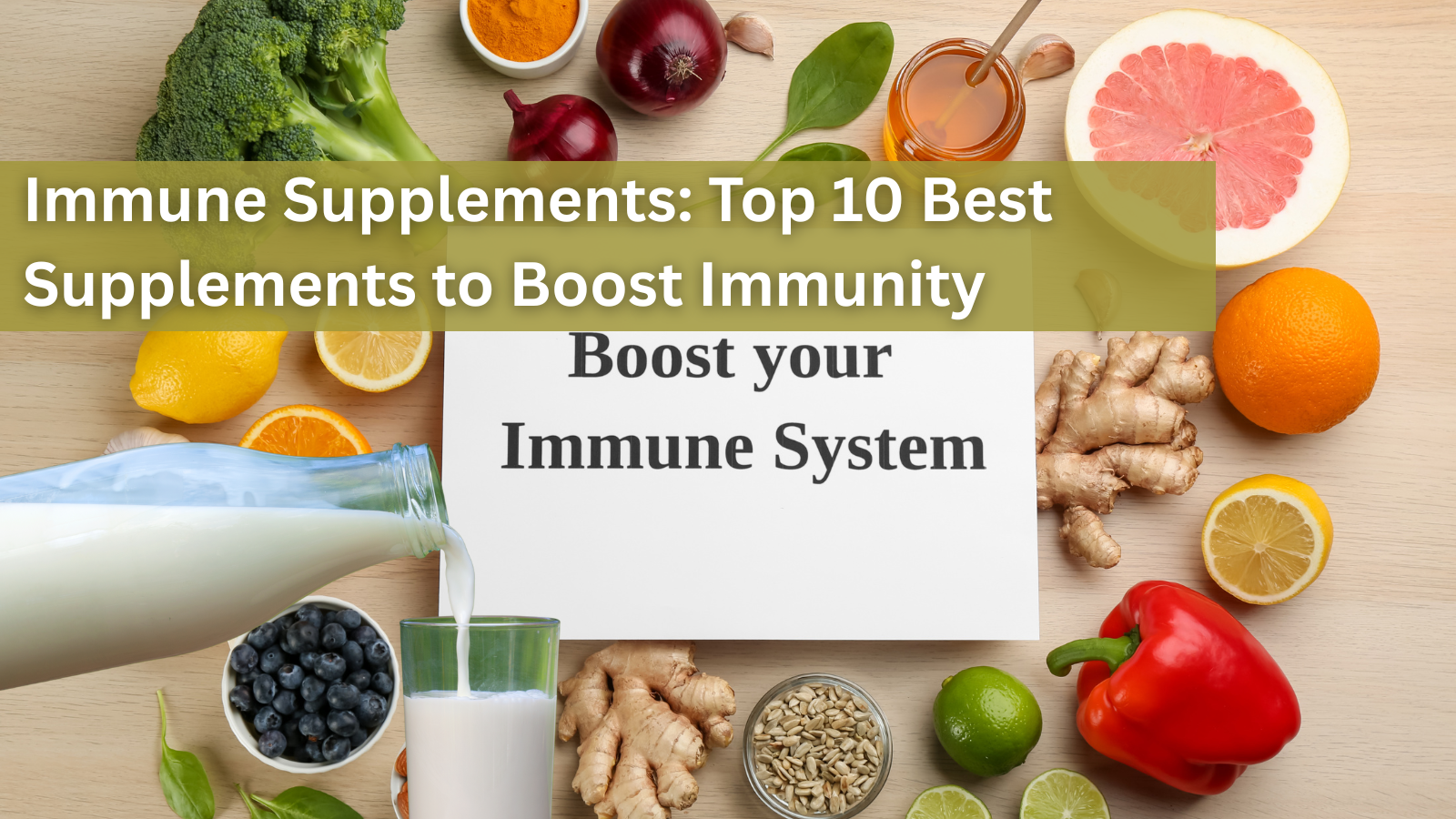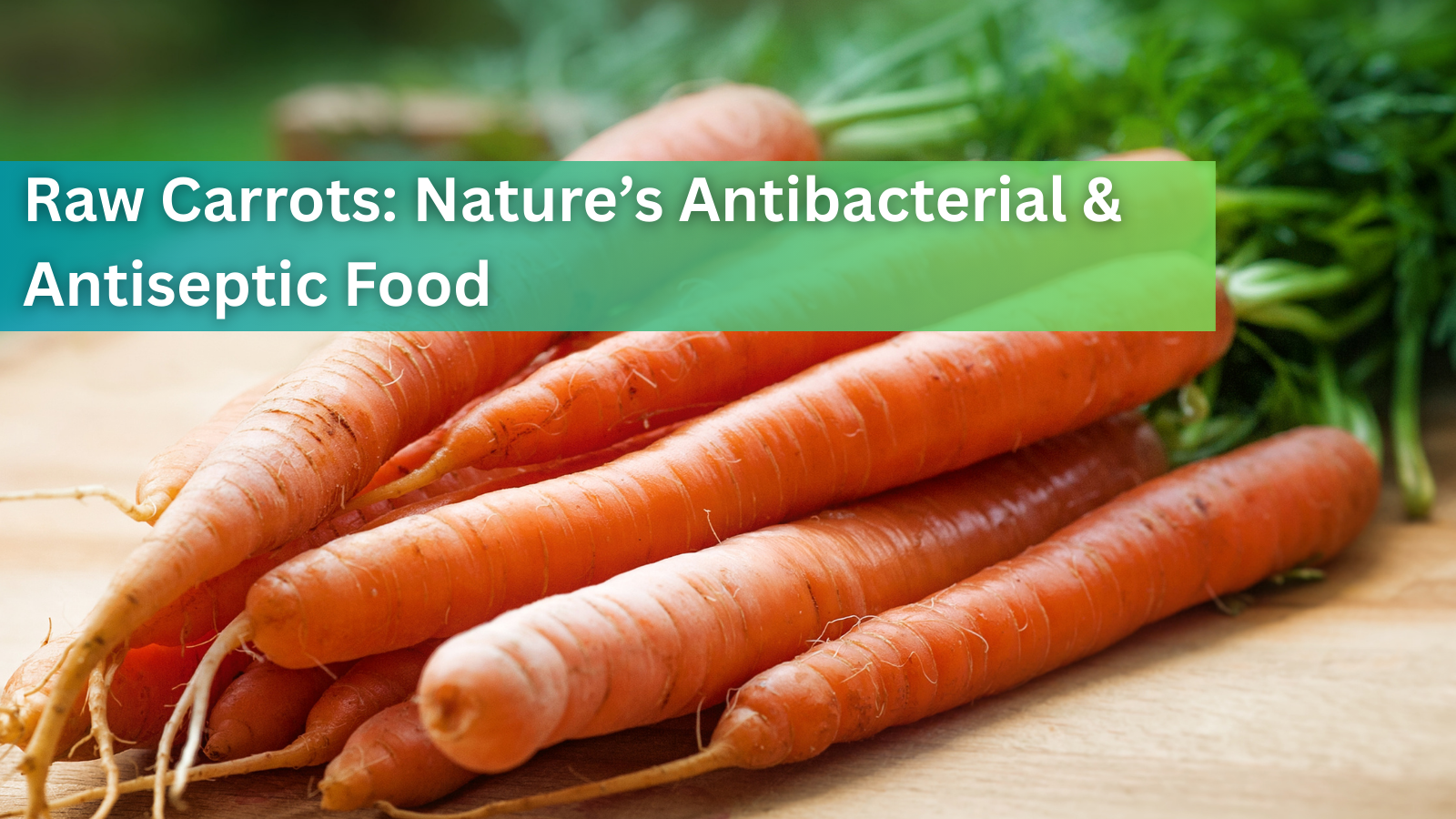Anthocyanins: Natural Inhibitors of SARS-CoV-2 – A Review of Recent Studies

Anthocyanins are pigments responsible for the deep blue, purple and red in many fruits and vegetables. Used since ancient times, they have garnered attention in recent scientific research for their potential health benefits. Recent studies have explored their role in inhibiting SARS-CoV-2, the virus responsible for COVID-19. This article reviews several peer-reviewed studies to understand the mechanisms through which anthocyanins may exert antiviral effects.
1. Inhibition of SARS-CoV-2 Main Protease (Mpro)
The main protease (Mpro) of SARS-CoV-2 is crucial for viral replication. A study by Fakhar et al. identified six anthocyanin derivatives that could inhibit Mpro activity. Through molecular docking and dynamics simulations, these compounds demonstrated strong binding affinities, suggesting their potential as therapeutic agents against COVID-19 .
2. Broad-Spectrum Antiviral Activity of Cyanidin
Cyanidin, a type of anthocyanidin, has shown broad-spectrum antiviral properties. Vicente's research highlighted cyanidin's ability to inhibit the binding of various viruses, including SARS-CoV-2, to host cells. This inhibition reduces viral entry and replication, making cyanidin a promising candidate for antiviral therapy .
3. Binding Affinity of Cyanidin Derivatives
Further studies have examined the binding affinity of cyanidin derivatives to SARS-CoV-2 targets. A study by Zagórska et al. found that cyanidin 3-O-galactoside exhibited a potent inhibitory effect on Mpro, with an IC50 value of 9.98 μM. This finding underscores the potential of cyanidin derivatives in combating COVID-19 .
4. In Silico Screening of Anthocyanin-Rich Extracts
An in silico study by Altomare et al. screened anthocyanin-rich blueberry extracts for potential inhibitors of SARS-CoV-2 Mpro. The study identified several compounds with strong binding affinities to the protease, suggesting that natural anthocyanin-rich extracts could serve as a source of antiviral agents .
5. Inhibition of Inflammatory Pathways
Beyond direct antiviral effects, anthocyanins may modulate immune responses. A study by Semmarath et al. demonstrated that anthocyanins from black rice inhibited the NLRP3 inflammasome pathway, leading to reduced production of pro-inflammatory cytokines. This modulation could alleviate the inflammatory response associated with COVID-19 .
Key Points:
Researchers continue to explore various natural compounds that may offer therapeutic benefits. A recent study published in Biologicals delves into the potential of anthocyanins, the pigments responsible for the red, blue, and purple colors in many fruits and vegetables, as inhibitors of the SARS-CoV-2 virus. This article summarizes the findings of this study and discusses its implications for future therapeutic strategies.
Molecular docking simulations evaluating the binding affinities of eighteen anthocyanin derivatives against the main protease (Mpro) of SARS-CoV-2. Mpro is a critical enzyme in the viral replication process, making it a prime target for antiviral drug development. The results indicated that several anthocyanin derivatives exhibited strong binding interactions with Mpro, suggesting their potential as natural inhibitors of the virus.
Mechanisms of Action
The anthocyanin derivatives analyzed in the study demonstrated various mechanisms of action:
- Inhibition of Viral Replication: By binding to the Mpro enzyme, anthocyanins may disrupt the viral replication cycle, hindering the production of new viral particles.
- Antioxidant Properties: Anthocyanins possess antioxidant capabilities that can mitigate oxidative stress, a condition often exacerbated during viral infections.
- Anti-inflammatory Effects: The anti-inflammatory properties of anthocyanins may help in reducing the cytokine storm associated with severe COVID-19 cases.
Implications for Therapeutic Development
The promising results from this study open avenues for further research into the development of anthocyanin-based therapies for COVID-19. Given their natural origin and existing safety profiles, anthocyanins could serve as adjunctive treatments alongside conventional antiviral drugs. However, clinical trials are necessary to confirm their efficacy and safety in humans.
Conclusion
The reviewed studies suggest that anthocyanins, particularly cyanidin and its derivatives, possess multiple mechanisms to inhibit SARS-CoV-2, including direct inhibition of viral proteases and modulation of immune responses. While these findings are promising, further clinical research is necessary to confirm the efficacy and safety of anthocyanins as therapeutic agents against COVID-19.
Bibliography
-
Fakhar, Z., Khan, S., AlOmar, S. Y., Alkhuriji, A., & Ahmad, A. (2021). Anthocyanin derivatives as potent inhibitors of SARS-CoV-2 main protease: An in-silico perspective of therapeutic targets against COVID-19 pandemic. Journal of Biomolecular Structure and Dynamics, 39(16), 6171–6183. https://doi.org/10.1080/07391102.2020.1801510
-
Vicente, J. (2023). The flavonoid cyanidin shows immunomodulatory and broad-spectrum antiviral properties, including SARS-CoV-2. Frontiers in Pharmacology, 14, 10143848. https://doi.org/10.3389/fphar.2023.10143848
-
Zagórska, A., et al. (2024). Cyanidin-3-O-galactoside as a potent inhibitor of SARS-CoV-2 Mpro. Molecules, 29(7), 797. https://doi.org/10.3390/molecules29070797
-
Altomare, A., et al. (2024). Screening of Mpro protease (SARS-CoV-2) covalent inhibitors from an anthocyanin-rich blueberry extract using an HRMS-based analytical platform. Molecules, 29(11), 2702. https://doi.org/10.3390/molecules29112702
-
Semmarath, W., et al. (2022). Cyanidin-3-O-glucoside and peonidin-3-O-glucoside inhibit NLRP3 inflammasome activation in SARS-CoV-2 infected cells. Nutrients, 14(13), 2738.
1 comment

September 27, 2025
Immune Supplements: Top 10 Best Supplements to Boost Immunity
Are you looking for effective ways to enhance your body’s natural defense? Immune supplements have become popular choices to support the immune system booster function, especially in times of increased illness risk. With so many products...
Read more
September 27, 2025
Cell Phone and WiFi Safety: How to Prevent and Treat EMF Damage and Electrosensitivity
Electrohypersensitivity (EHS), often called electrosensitivity, has been a polarizing and increasingly relevant issue over the past decade and a half. Since the number of people identifying with these symptoms continues to grow exponent...
Read more
September 27, 2025
Raw Carrots: Nature’s Antibacterial & Antiseptic Food
For most of us, carrots are simply a crunchy snack or a source of vitamin A. But according to researcher Ray Peat, PhD, raw carrots offer something more unusual: they act as a kind of natural antiseptic inside the gut, helping to contro...
Read more




As wonderful as organic berries are the fruit with the highest amount of anthocyanins is acai powder. It’s never on many charts. You just have to search the Internet to find the information.
Leave a comment